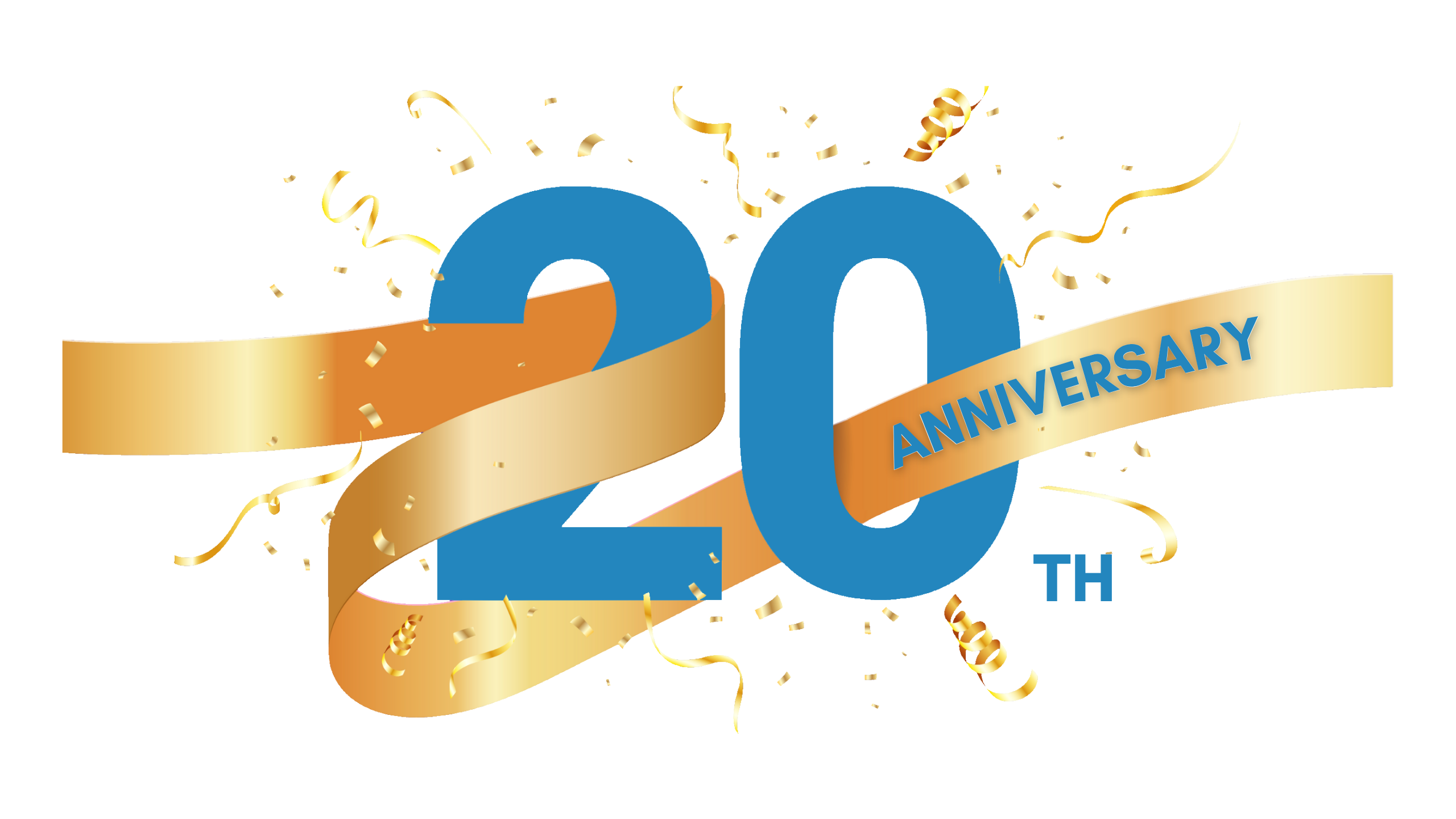* Terms and Conditions apply.



On 6 September 2011, the inventor of the eBook (the electronic book) and founder of Project Gutenberg passed away. Michael S Hart created the first eBook in 1971, long before the advent of the Internet or the availability of cheap, high-capacity storage devices and portable computers.
Hart dreamt of making books available to everyone via computers. From this dream, he founded Project Gutenberg (www.gutenberg.org) and invented eBooks. His remarkable website, Project Gutenberg, is named after Johannes Gensfleisch zur Laden zum Gutenberg (c. 1398 – 1468), the first European to use movable type, and the inventor of the printing press. The invention of the printing press enabled the mass production and distribution of books for the first time in history.
Dr Gregory Newby’s obituary for Michael S Hart (http://www.gutenberg.org/wiki/Michael_S._Hart) quotes Hart as once saying, ‘One thing about eBooks that most people haven’t thought much (about) is that eBooks are the very first thing that we’re all able to have as much as we want other than air. Think about that for a moment and you realize we are in the right job.’ Indeed, Hart’s invention of the eBook represents the greatest revolution in the distribution of text since Gutenberg’s invention of the printing press, with the name Project Gutenberg therefore being entirely appropriate.
Anyone with access to a computer and the Internet can now gain access to more than 36,000 free eBooks in sixty different languages from Project Gutenberg. Moreover, the website offers many eBook titles that are difficult, if not impossible, to get hold of by any other means. Because of Project Gutenberg, books can now be easily downloaded onto a desktop or laptop computer. However, it is much easier to read them if they are then copied to an eReader (eBook Reader), with the two most common e-Readers in Hong Kong being Amazon’s Kindle and Apple’s iPad.
The Kindle and the iPad eReaders are quite different. The Kindle is a single-purpose device dedicated to the reading of eBooks. It comes in two sizes, the smaller of which – the Kindle 3 – is about the same size as a paperback book. The larger – the Kindle DX – is of a similar size to an iPad. The iPad is a multi-purpose device which allows users to download Apps (applications) such as iBooks or Kindle, which can then be used to read eBooks.
As eBooks come in a variety of different formats, the use of an eBook management programme such as Calibre (http://calibre-ebook.com/) is recommended. This freeware allows people to manage their collections and to convert eBooks into the correct format for their e-Reader.
Free eBook services such as those provided by Project Gutenberg and also the University of Adelaide (http://ebooks.adelaide.edu.au/) are only allowed to distribute books whose copyright has expired in the USA or Australia respectively. This means that readers outside of the USA or Australia should check whether the book they would like to download is subject to copyright laws in their country of residence. In addition, as these two suppliers of eBooks only offer out of copyright books, readers should not expect to find the latest releases available on either of these websites. However, the majority of new titles are usually available from eBook shops such as Amazon (www.amazon.com/) or Barnes & Noble (http://www.barnesandnoble.com/).
It’s clear to see how the technological advances pioneered by the remarkable Michael S Hart have created a literary legacy from which all readers will continue to benefit. Where eBooks and eReaders will take readers next is unknown, but without the forward-thinking Michael S Hart, we may not have had the chance to even speculate on this.
Matt Wisbey